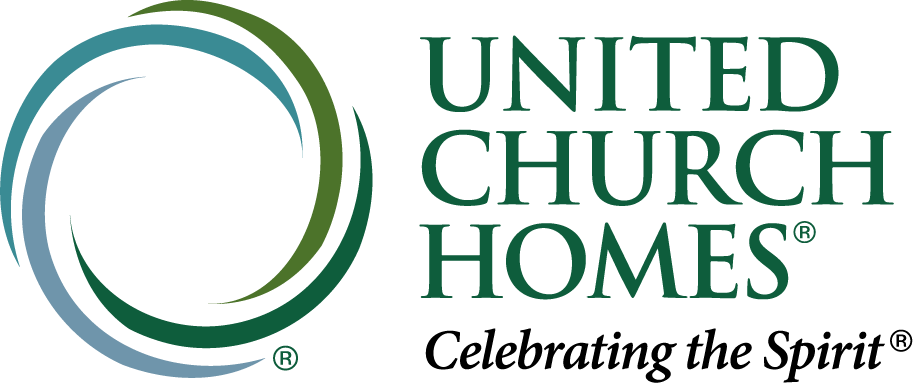
As we rolled it out and provided training for staff members, we expanded the use of the information captured in just about every space within United Church Homes. Technology such as PointClickCare transforms the services we provide while increasing operational efficiencies.
Today, technology continues to be an integral part of United Church Homes’ mission and vision. Information systems are the neural networks that connect us, direct the flow of information and allow departments to collaborate remotely. We can no longer imagine a day that isn’t tied to an information technology system.
On a practical level, technology aligns with our core value of stewardship. Information helps us better understand our residents and their medical, clinical and social needs, which, in turn, helps us to coordinate our resources to meet those needs.
An example of how data impacts our care delivery is the reduction in use of antipsychotic medications in our communities. Since the start of a federal initiative to improve dementia care in 2012, United Church Homes has greatly reduced the administration of antipsychotic medication. The national average for antipsychotic drug use is currently at 19.3 percent, compared to United Church Homes’ average of 11.5 percent. Nearly all UCH communities have seen major reductions in the use of antipsychotic medication.
We’ve also increased our quality ratings directly as a result of our work in managing information. Every UCH community has been rated four or five stars for quality, and Four Winds and Fairhaven will receive the Silver Quality Award from the American Health Care Association later this year.
Data collection is imperative to gather and evaluate medical information to decrease the time it takes to stabilize a patient, begin rehabilitative treatments and then within two weeks or so, move them on to home-based care. United Church Homes uses this data analysis to participate in innovative reimbursement programs like the bundled payments for care improvement (BPCI).
Technology helps us fine-tune our operating expenses, evaluate where we’re deploying resources and where we may need to make adjustments to increase efficiencies. It also allows us to communicate efficiently (especially in a nationwide care delivery system that’s deployed in 14 states and two Native American nations) by building culture and providing training opportunities across the miles when it would be too costly to bring people together in person.
Our information systems are not ancillary anymore; they are the backbone of the organization. Technology aligns with the core value of integrity to support our goal to provide the best care environments and the best treatment approaches for each individual we serve.
